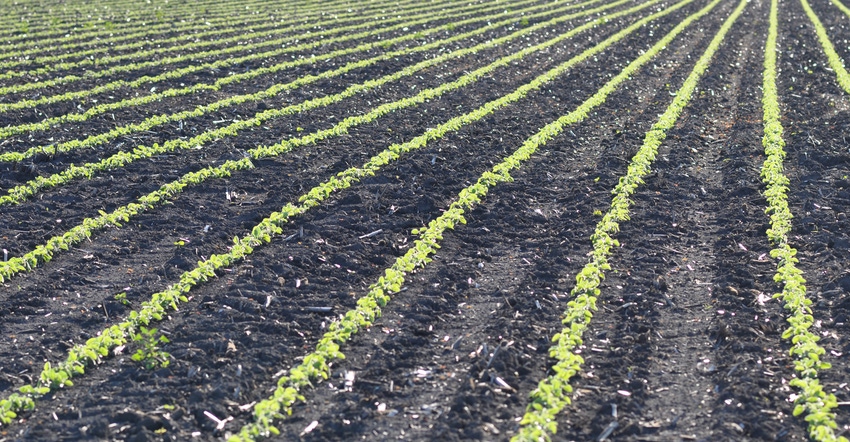May 17, 2017

By Ross Albert
Whether you are a farmer, landowner or manager, we all work for the same team, looking to accomplish a common goal: take care of the farm and maximize asset capability. Consider variations of partnerships and agreements when looking at the feasibility of a capital improvement project such as field drainage, grain storage, livestock buildings or major fertility improvements.
• Cost-share with a prorated schedule. The lease structure on the farm may help determine the best cost-share agreement between the landowner and tenant. For example, a 50-50 crop-share farm looking to add drainage tile will benefit both parties equally with increased production; therefore, a 50-50 cost-share may be considered. Since the field tile will be an asset to the landowner alone, consider putting the tenant’s portion of cost on a prorated schedule, in the event the tenant is no longer on the farm in the future. The time frame of the schedule should be based on the estimated time needed for the improvement project to repay itself. If you feel that added tile will pay for itself in 10 years, that should be the time schedule used. If the tenant is no longer farming the farm after the fifth year, the landowner will need to pay back 50% to the tenant for the prorated share of their investment. The same principle can apply to any form of cost-share lease based on their respective percentages to landowner and tenant.
• Cost-share with a long-term lease. You could also consider cost-sharing the project and enter into a long-term lease. If both the tenant and the landowner are committed to working with each other for an extended period of time, this could also be a good option. If the tenant invests in a project that is expected to pay for itself in five years, consider signing a five-year lease that allows the tenant to recoup his or her investment. This could be used in both crop-share and cash-rent situations.
The tenant provides labor and machinery, while the landowner pays for material. I have seen farming operations that own equipment offer this to landowners. Again, this can be accompanied with a prorated schedule or a long-term lease. If the tenant is willing and able, this allows farms to be improved while minimizing cash needed from the landowner.
• Use a supplemental rent or increased rent. On crop-share farms, a supplemental rent could be paid by the tenant to help pay for capital improvements. For example, a 50-50 crop share lease may include a $25-per-acre supplemental rent that can be allocated toward improvements that the landlord would pay for. On cash-rent leases, the tenant may be willing to pay a higher rent in exchange for improvements to the farm, considering the landowner pays for them.
Think creatively to do what it takes to improve and maintain farms the way they deserve. Take care of the farm, and it will take care of you! If there is a project that needs to be considered, communicate that with your team. The way it’s always been doesn’t mean it’s the way it always has to be.
Albert is a farm manager with Soy Capital Ag Services, Bloomington. He is a member of the Illinois Society of Professional Farm Managers and Rural Appraisers, whose members regularly contribute to this column. Have a farm management question or topic you’d like addressed? Email Carroll Merry at [email protected].
You May Also Like




